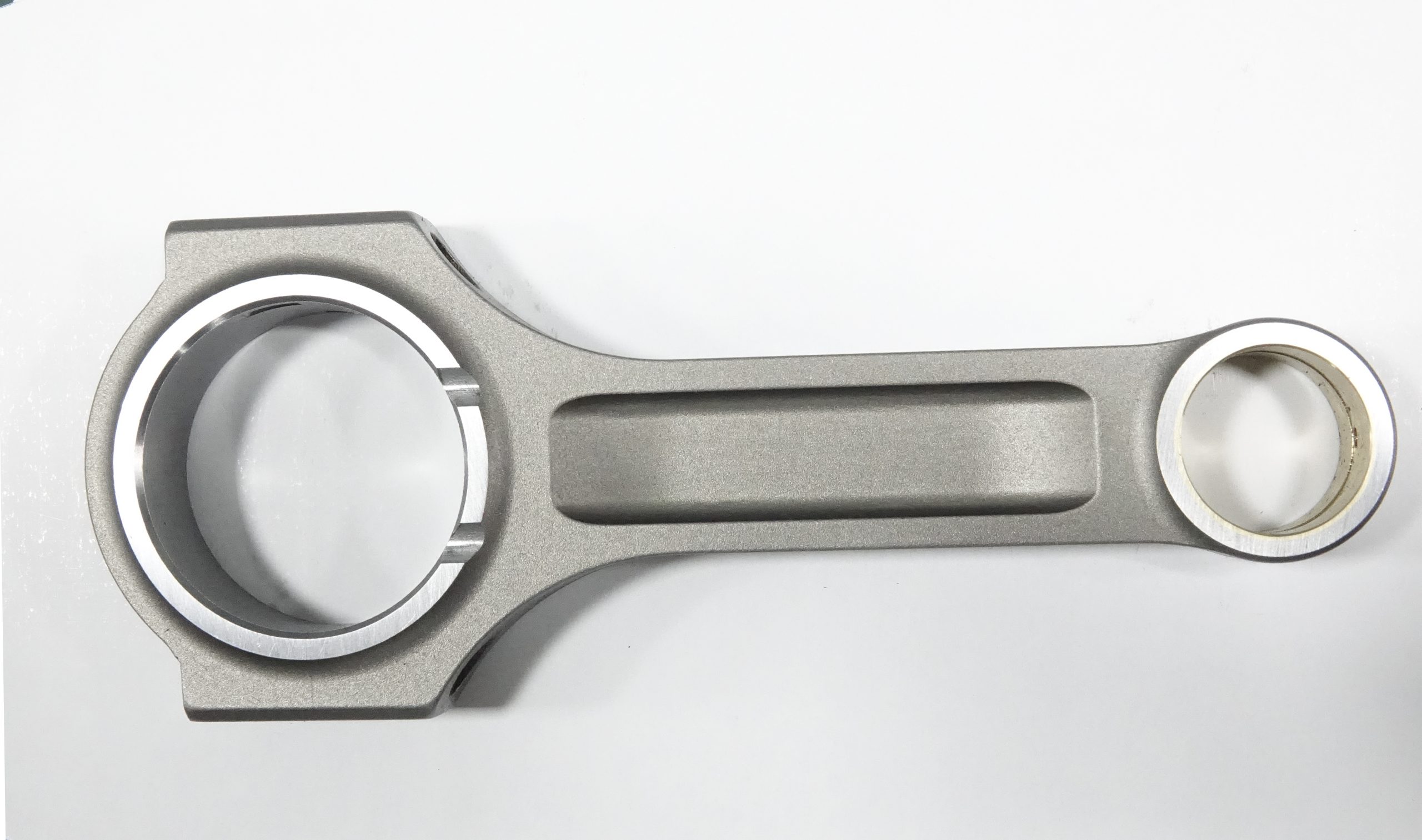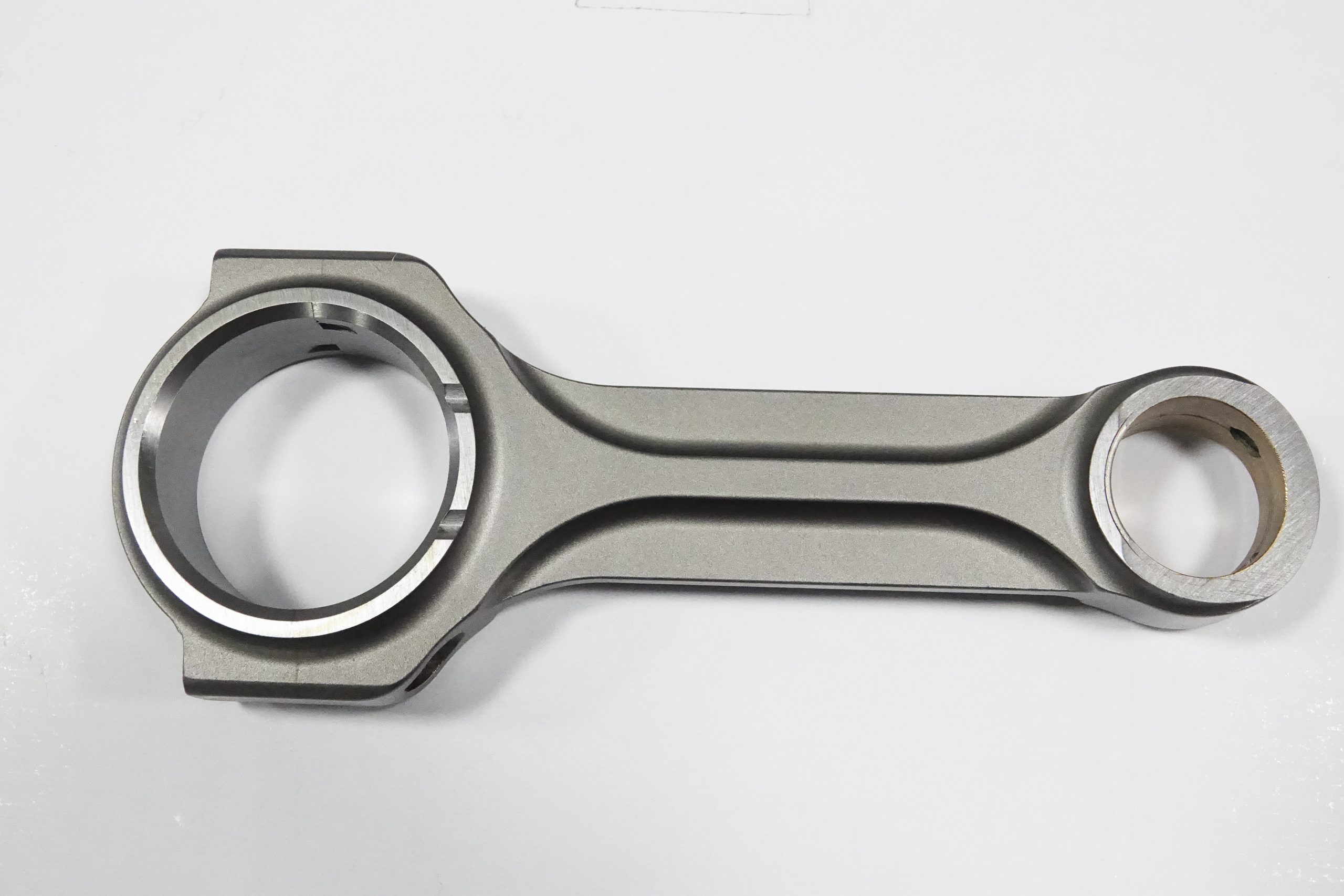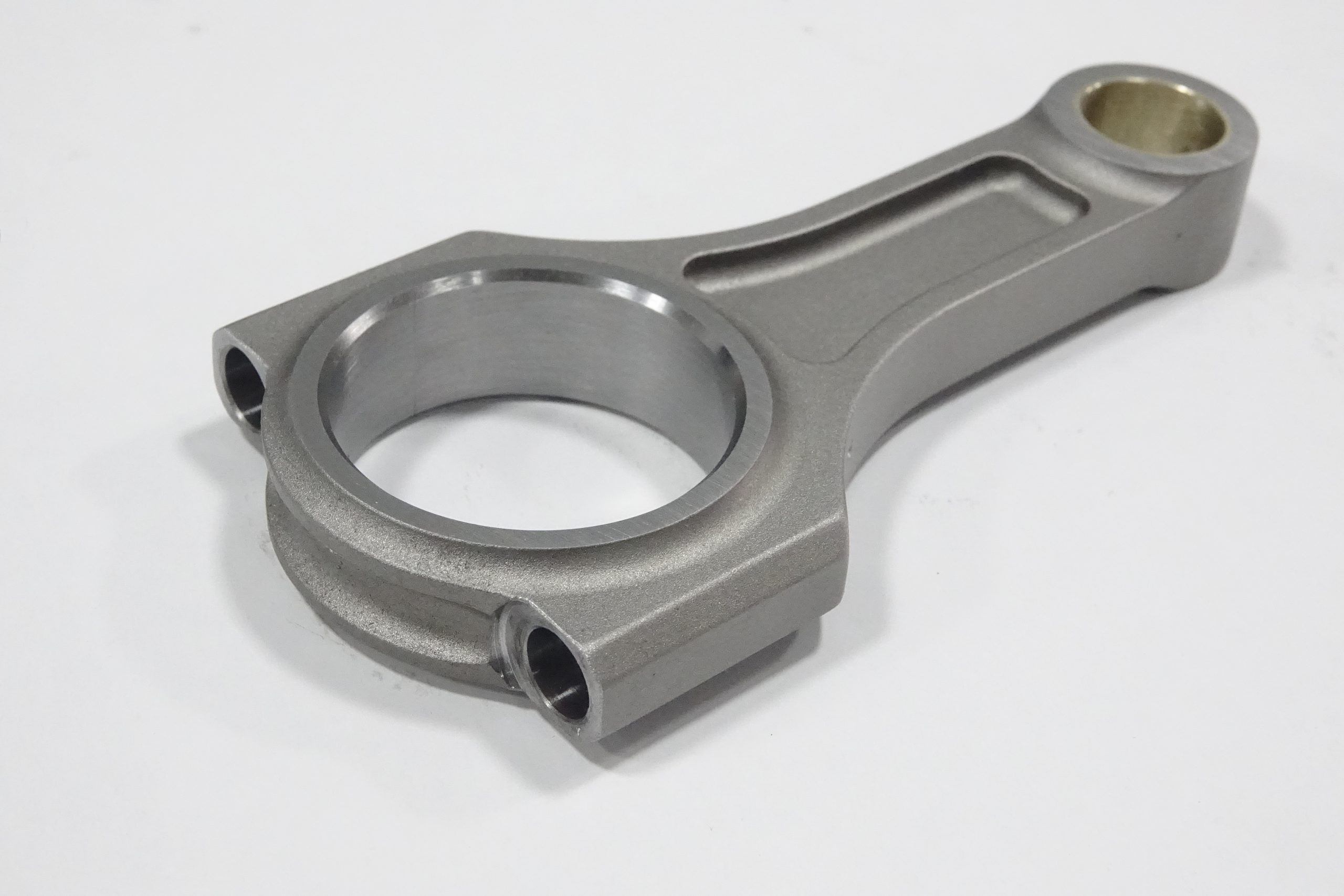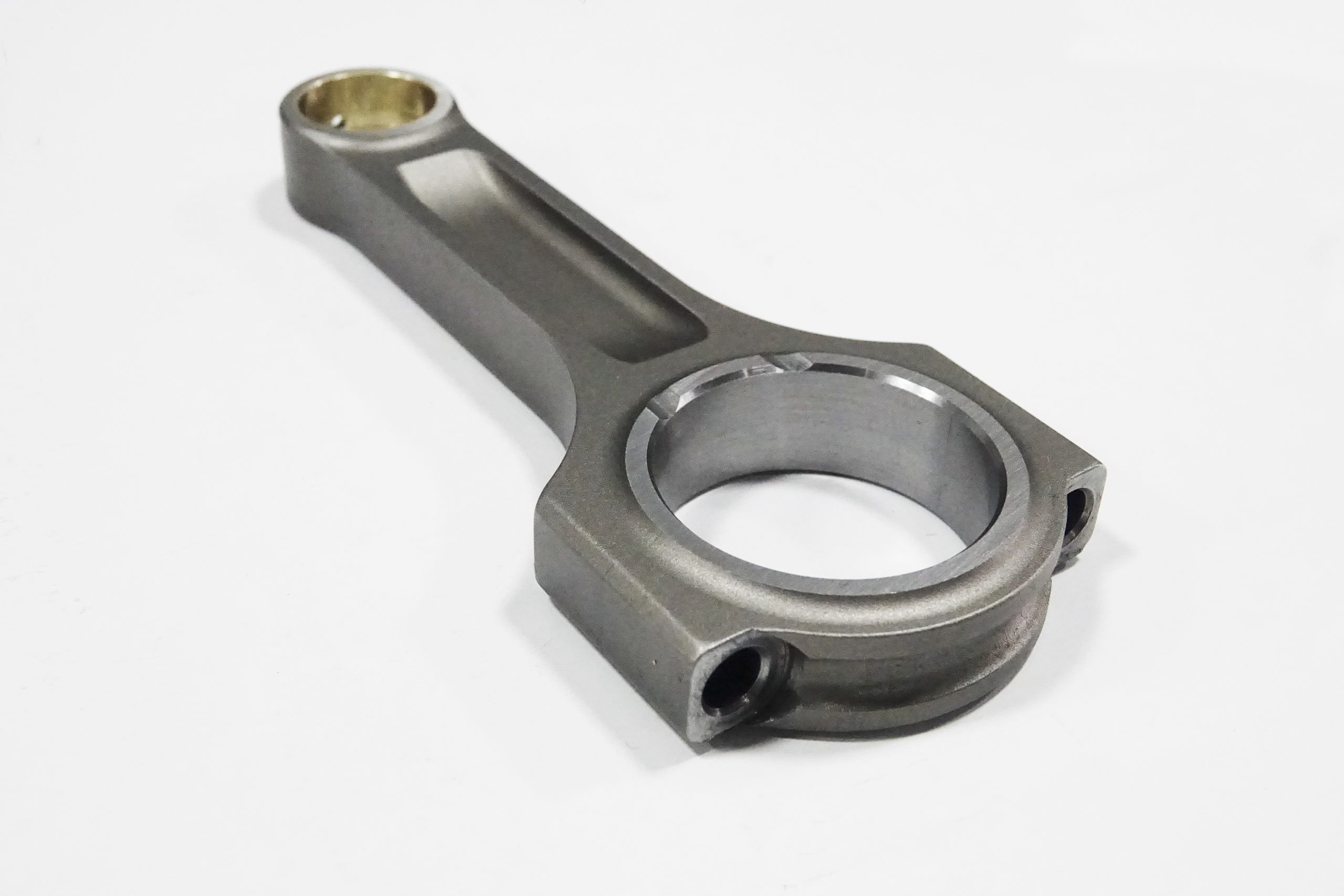
Forging Connecting Rods: Superior Strength for High-Performance Engines
Forging connecting rods is a manufacturing process that delivers unparalleled strength and durability, making them ideal for high-performance engines. In this article, we’ll delve into the forging process, discuss its advantages over other manufacturing techniques, and explore the benefits of using forged connecting rods in your engine. The forging process involves shaping metal by applying compressive force, usually with a hammer or press. This technique results in a grain structure that follows the shape of the rod, providing exceptional strength and resistance to fatigue. Forged connecting rods are typically made from high-quality steel or other metals, such as aluminum or titanium, depending on the desired characteristics and applications. Advantages of forging over other manufacturing methods, such as casting, include increased strength, improved fatigue resistance, and reduced porosity. Forged connecting rods are able to withstand greater stress and load, making them perfect for high-performance engines and racing applications where durability is








